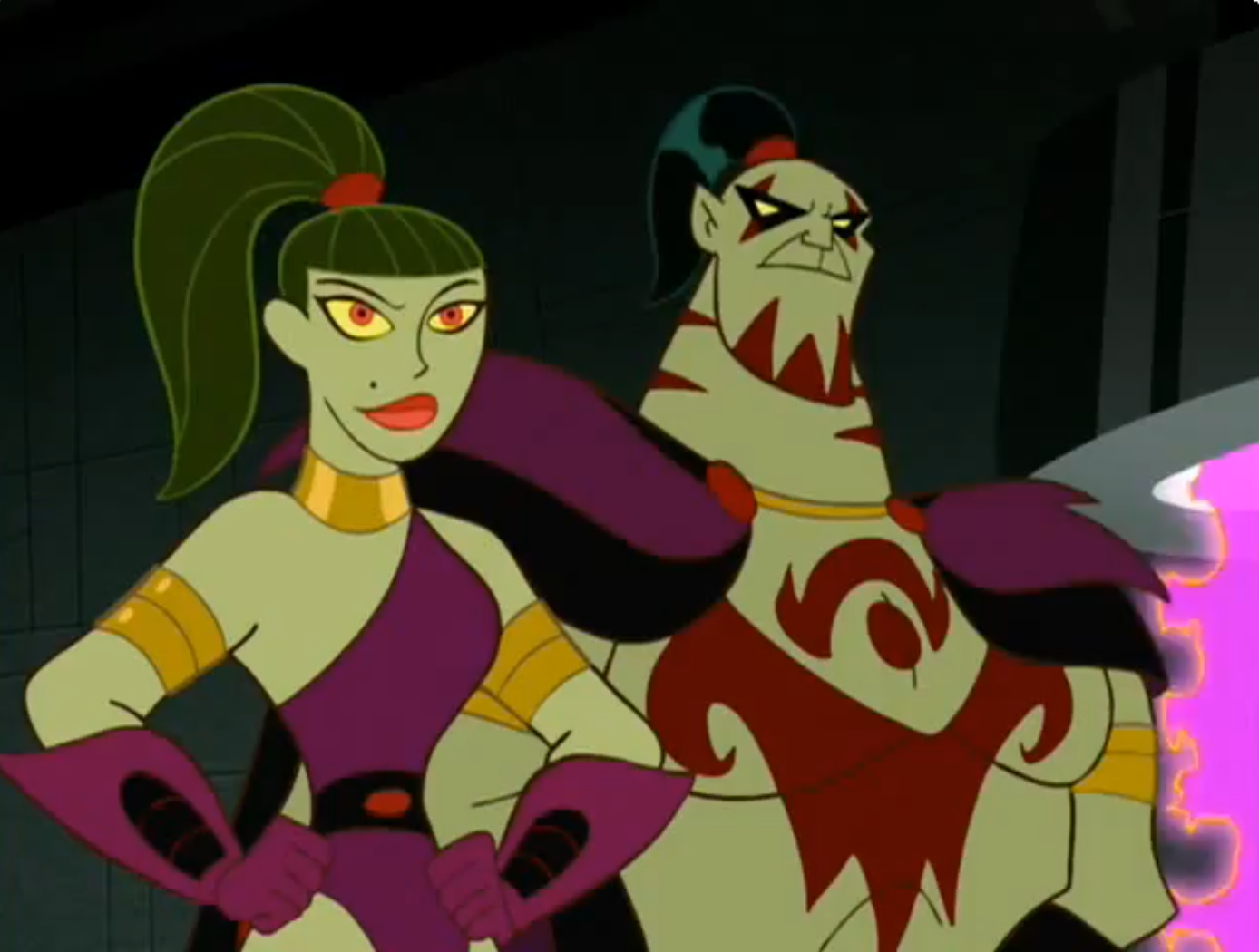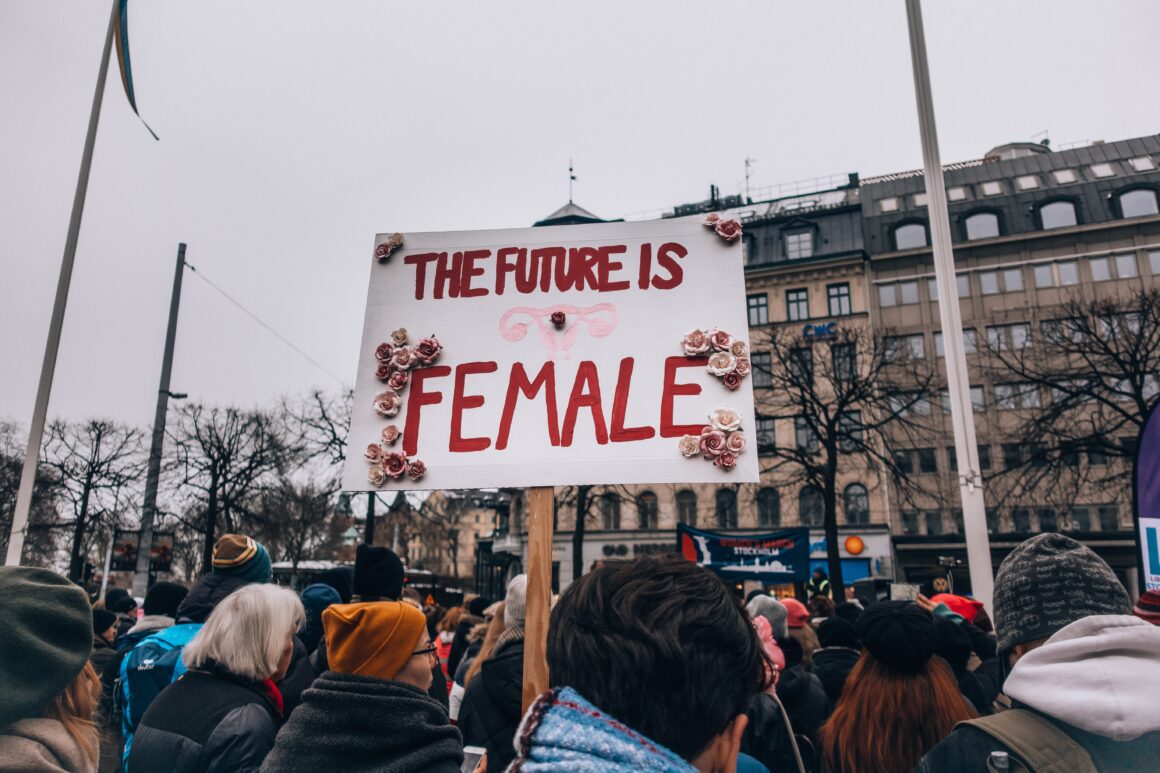
Disclaimer: May contain spoilers.
I think it’s safe to say that cartoons never go out of style, especially the good ones. That’s why it was no surprise to me when I found myself going through a marathon of classic cartons that we all grew up with and came to love. Among these cartoons, I noticed Kim Possible, and the fact that this is one of the only childhood cartoon shows (that I know of at least) that promoted feminism and diversity.
Kim Possible is an animated television show created by Bob Schooley and Mark McCorkle. It was the second animated Disney Channel Original Series and aired from 2002 to 2007, which made it Disney Channel’s longest running original animated series until Phineas and Ferb came along. To brush up on your Kim Possible knowledge, Kim Possible centered around the life of teenage superhero, Kim Possible, and her best friend (spoiler alert: in the movie after season three, they start dating which lasts up to the end of season four), Ron Stoppable, along with his naked mole rat named Rufus. The duo, with the help of their tech-friend Wade, face off various villains and save the world from evil plans to take over said world. Some of these villains include: Doctor Drakken, Kim Possible’s arch nemesis and her father’s previous colleague, Shego, Doctor Drakken’s co-villain, Duff Killigan, Señor Senior Sr. and Jr. and a whole lot more you’d have to watch the show for.
How can I say the show promotes feminism and diversity? Starting from the main character Kim Possible, she already promotes feminism. Kim Possible usually battles (mostly) male villains with her combat skills, some of which she has acquired from being a cheerleader, alone and is able to foil their plans with her smart and quick thinking. However, Kim does not solely hold control as Ron usually steps in and does his own thing to help out his best friend just like that time when Kim went off to Doctor Drakken’s lair in the building made of cheese, in which she was held captive, and Ron left his job at Bueno Nacho to save Kim or during graduation and Kim was abducted by aliens and Ron teamed up with Shego, who was looking to save Doctor Drakken who was abducted as well. On the subject of Shego, while being referred to as a “henchwoman” of Doctor Drakken, Shego is strong-willed and even more sensible than Drakken at times. She does not simply follow Drakken or does everything he asks. Another feminist icon is Warmonga who is one of Kim’s enemies. Warmonga is a tall muscular female warrior who seems to be gullible at first, but soon rises above it and shows her true power and strength.

As for diversity, throughout the show you would see characters of different races and origins arise such as: Professor Ramesh and Robert Chen, who are friends of Kim’s father, Duff Killigan, Master Sensei and Yori, Nakasumi and Miss Kyoko, Monique, Kim’s best friend, Will Du and a bunch more.
Contrary to all of this, some would say that Kim Possible actually promotes unrealistic body types for women, but this isn’t as true as you think. Kim Possible is part of the cheer squad at her school and this cheer squad is pretty diverse and does not promote unrealistic body types at all:


True to its name, Kim Possible really showed that anything is possible and should be possible for everyone, no matter what gender or race. The show was even nominated for Outstanding Children’s Animated Program in 2005. Unfortunately, it has become difficult to spot animated children shows that promote the same values; nonetheless, it is important that people instill in children’s minds, as young as they are, the values that give respect to people of any background and character.
More than Kim Possible, I have also found that Lilo & Stitch and Princess Sofia the First have similar traits between all three and strongly suggest you watch all three because not only do they promote amazing values, they are also amazingly fun to watch.
Call me, beep me, if you wanna reach me… How could I talk about this show and not mention the iconic theme song somewhere?



Comments are closed.